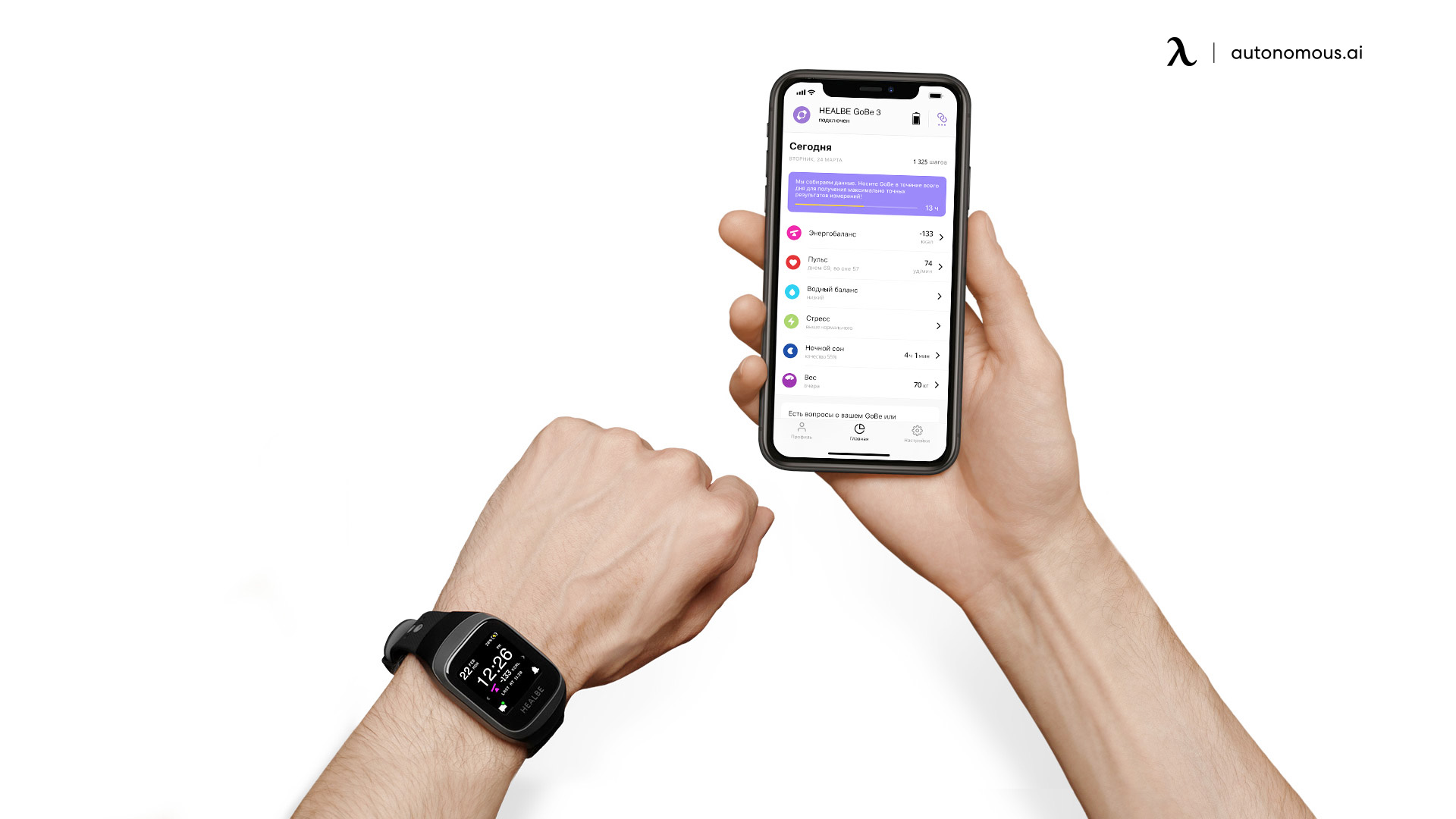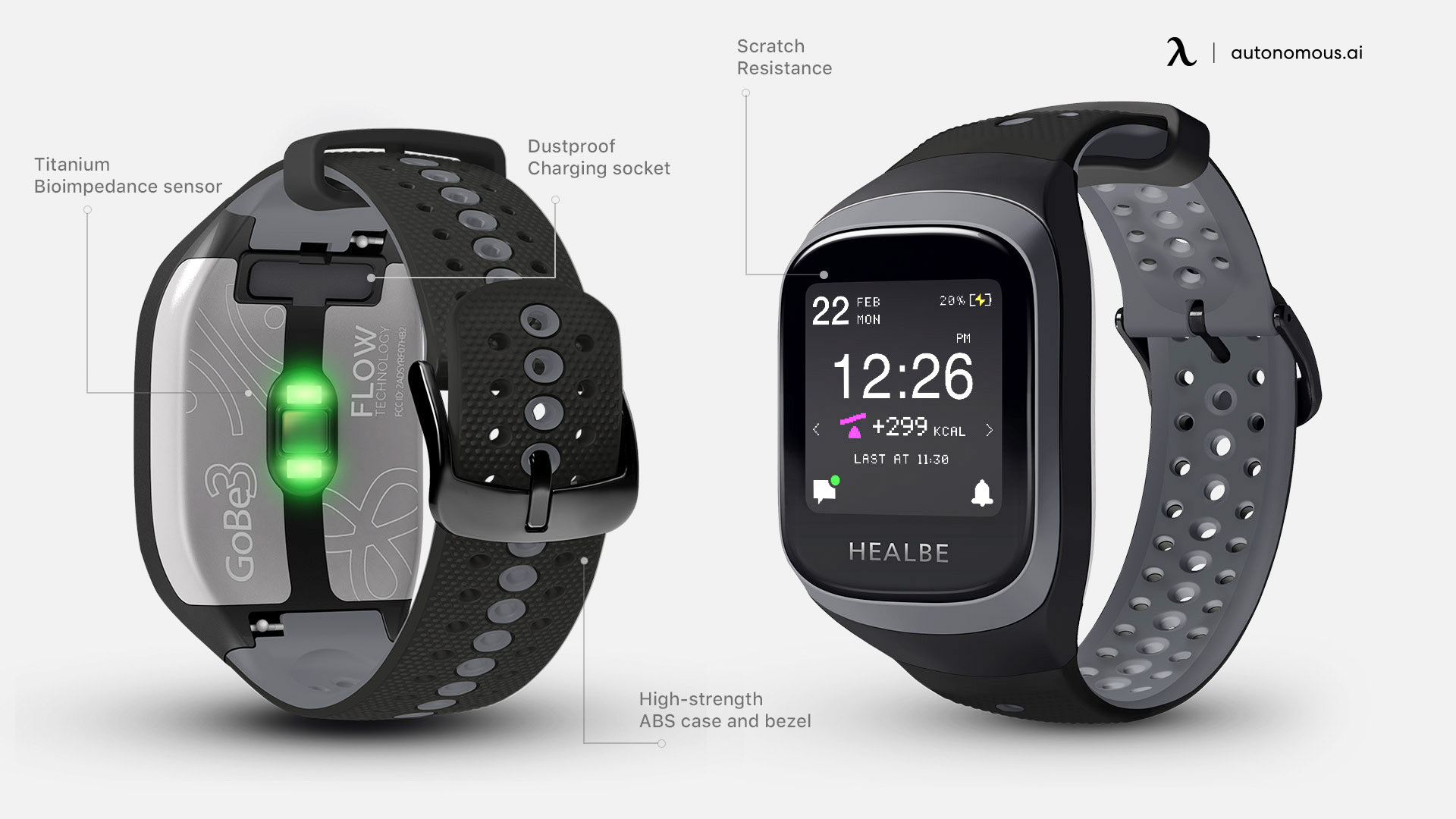
Table of Contents
When it comes to managing weight and maintaining a healthy lifestyle, understanding the difference between active and total calories is crucial. Active calories are those burned through physical activity, like exercise, while total calories include both active and resting calories. This distinction is important for determining how many calories you should burn per day to meet your goals. Additionally, calories burned standing vs. sitting are very different as well and change due to different factors. Understanding these factors can help you make informed decisions about your daily activity levels and calorie intake.
1. How Many Active Calories Per Day Should I Burn?
Your body is a calorie-burning machine, constantly working even when you're not consciously exercising. Understanding the difference between total calories (everything your body burns in a day) and active calories (those specifically burned through intentional exercise) is crucial for achieving your fitness goals. If you're unsure about the difference between active and resting calories, knowing how your body expends energy can help optimize your workouts.
Additionally, if your goal is weight loss, understanding what does calorie deficit mean is essential, as burning more calories than you consume is the key to shedding fat effectively. However, determining the right target for your active calorie burn can be a complex process influenced by several key factors.

2. Factors that Influence Your Daily Active Calories Burn
Goals: Your calorie burn needs will vary depending on whether you're aiming to lose weight, maintain your current weight, or gain muscle mass. Each goal requires a different approach to calorie intake and expenditure.
Basal Metabolic Rate (BMR): This is the number of calories your body needs to maintain basic functions at rest. It's influenced by factors such as age, gender, weight, and muscle mass.
Activity Level: Your daily activities, including work, chores, and exercise, all contribute to your overall calorie burn. Those with more active lifestyles naturally burn more calories than those who are more sedentary.
Overall Health: Health conditions, medications, and other factors can influence one's calorie needs and how one burns calories.
3. General Guidance for Active Calories Targets
There isn’t a one-size-fits-all answer to how many active calories you should burn each day, but here are some general guidelines:
For Weight Maintenance: If your goal is to maintain your current weight, you should aim to burn about 300 to 500 active calories per day. This, combined with a balanced diet, should help keep your weight stable.
For Weight Loss: To lose weight, you’ll need to create a calorie deficit, meaning you burn more calories than you consume. Aiming to burn 500 to 700 active calories per day through exercise and physical activity can help you achieve a sustainable weight loss of about 1 to 2 pounds per week, depending on your diet.
For Muscle Gain or Athletic Performance: If you’re looking to build muscle or improve athletic performance, your calorie needs will be higher. Depending on your training intensity, burning 400 to 600 active calories per day can support muscle growth and improve endurance, especially when paired with a nutrient-rich diet.
4. Tools and Strategies for Tracking and Increasing Active Calories
Effectively tracking and increasing your active calorie burn requires a combination of the right tools, workout strategies, and intensity adjustments. Whether you want to monitor your progress, optimize workouts, or find ways to stay active throughout the day, these methods can help maximize your efforts.
4.1. Trackers & Apps
Fitness trackers and apps provide an estimate of how many active calories you burn daily. While they may not be 100% accurate, they offer valuable insights into your activity levels, heart rate, and workout intensity. Some popular options include Apple Watch, Fitbit, and Garmin, which track steps, heart rate, and calories burned.
If you're curious about how many calories does 10K steps burn, you can use it as a benchmark for setting daily movement goals. Additionally, if you want to understand how many calories does your body burn at rest, learning about Basal Metabolic Rate (BMR) can help you calculate your total daily energy expenditure.
4.2. Workout Variety: Mixing Cardio and Strength Training
A well-balanced fitness routine should include a mix of cardiovascular exercises and strength training to maximize calorie burn and improve overall fitness.
- Cardio Workouts: Activities like running, cycling, and stair climbing elevate heart rate and burn significant calories. If you want to estimate how many calories does StairMaster burn, this guide can help you track your progress.
- Strength Training: Weightlifting and resistance exercises build muscle, which increases metabolism and leads to higher calorie burn even at rest.
- Treadmill Workouts: Walking or running on a treadmill can be an effective way to burn calories. If you're looking for guidance on how to lose weight on a treadmill, structured workout plans can optimize your results.
For those focused on weight loss, it’s useful to calculate how many steps to lose weight to set achievable daily activity targets.
4.3. The Impact of Workout Intensity
Increasing workout intensity—within safe limits—can significantly boost calorie expenditure. Higher-intensity exercises like HIIT (High-Intensity Interval Training) and sprinting lead to a greater afterburn effect, where the body continues burning calories even after exercise.
If you have a desk job, staying active throughout the workday can help with calorie burn. If you're wondering, does standing desk burn calories, standing for part of the day instead of sitting may contribute to your overall energy expenditure. Additionally, check out how to burn calories at a desk job for practical strategies to stay active while working.

5. Other Factors to Consider
While active calories are important, there are other factors to keep in mind for overall health and fitness:
Fueling Right: A balanced, nutritious diet is essential for supporting your workouts and achieving your fitness goals.
Rest & Recovery: Your body needs time to rest and recover between workouts to avoid burnout and reduce the risk of injury.
Sustainable Mindset: Long-term consistency is key to success. Focus on making sustainable lifestyle changes rather than quick fixes.
Professional Support: If you're unsure about how many active calories you should be burning or how to achieve your fitness goals, consider consulting a doctor or fitness expert for personalized advice.
With the right tools, strategies, and mindset, you can achieve your fitness goals and live a healthier, more active life.

6. FAQs
What is the average number of active calories burned per day?
The average number of active calories burned per day varies widely based on individual factors such as age, weight, activity level, and metabolism. However, estimates suggest that the average person burns between 200-300 active calories per day through physical activity.
How many active calories should I burn per day to stay healthy?
The number of active calories you should burn per day depends on your fitness goals and overall health. A general recommendation is to aim for at least 150 minutes of moderate-intensity exercise per week, which translates to approximately 300-400 active calories burned per day.
How can I calculate my daily active energy calories?
Calculating your daily active energy calories per day involves considering your Basal Metabolic Rate (BMR) and Physical Activity Level (PAL). BMR represents the calories your body needs at rest, while PAL factors in your daily activity level. Together, they determine your total daily energy expenditure, including active energy calories.
Is standing beneficial for burning calories?
Yes, standing burns more calories than sitting because it engages muscles and requires more energy. While the exact number of calories burned by standing varies based on factors like duration and body weight, it can contribute to overall calorie expenditure.
How many calories does your body burn at rest?
The number of calories your body burns at rest, known as the Basal Metabolic Rate (BMR), varies depending on factors like age, gender, weight, and muscle mass. On average, BMR accounts for about 60-75% of total daily calorie expenditure.
How can I increase my daily calories burn at rest?
Increasing your muscle mass through strength training can help increase your BMR, leading to a higher calorie burn at rest. Additionally, maintaining an active lifestyle and consuming a balanced diet can support a healthy metabolism and overall calorie expenditure.
7. Conclusion
Understanding the dynamics of calorie burn is essential for maintaining a healthy lifestyle. Knowing the average active calories burned per day, the benefits of activities like standing, and the calories burned at rest provides valuable insights for managing weight and overall health. By incorporating this knowledge into your daily routine and making informed choices about diet and exercise, you can achieve your fitness goals and improve your well-being.
Stay connected with us!
Subscribe to our weekly updates to stay in the loop about our latest innovations and community news!
Interested in a Link Placement?
Spread the word
.svg)



/https://storage.googleapis.com/s3-autonomous-upgrade-3/production/ecm/230914/bulk-order-sep-2023-720x1200-CTA-min.jpg)

/https://storage.googleapis.com/s3-autonomous-upgrade-3/production/ecm/230824/Amanda-8035f52a-7230-4c31-9bda-626fd7c392bf.jpg)